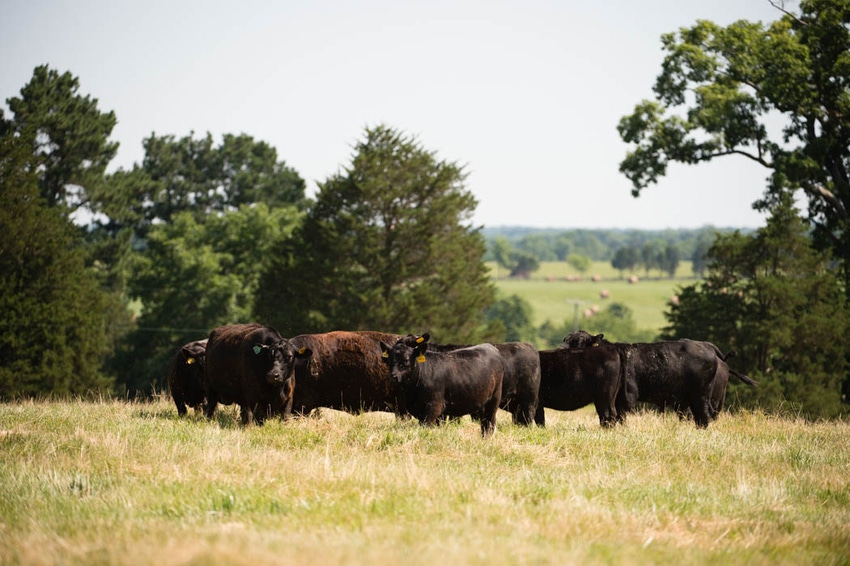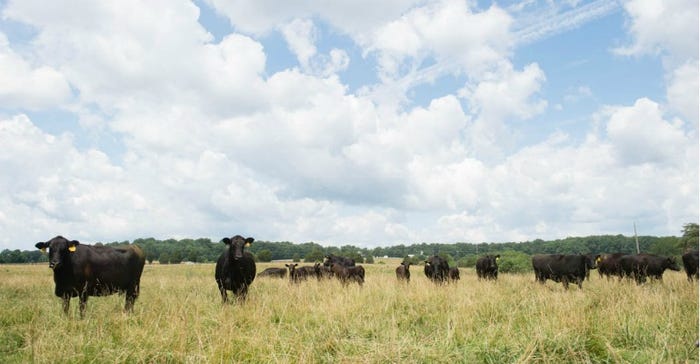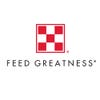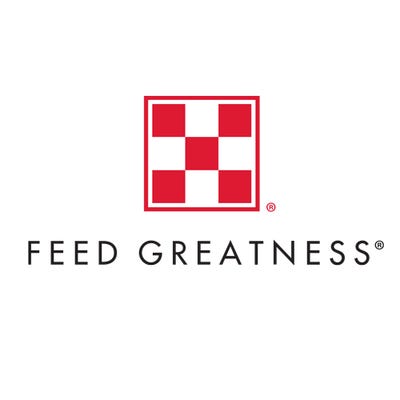Keeping your body condition scoring (BCS) skills sharp will help you become a better herd manager, regardless of your experience.
December 1, 2018

Sponsored Content
Keeping your body condition scoring (BCS) skills sharp will help you become a better herd manager, regardless of your experience.
“Body condition scoring can tell you quite a bit about your herd, and you can use the results to make important management decisions,” says N.T. Cosby, Ph.D., cattle nutritionist with Purina Animal Nutrition. “Because the data is so vital, it’s good practice to regularly recalibrate your scoring skills.”
Here are 10 tips to brush up your BCS skills:
1. Calculate the percentage of each BCS in your herd. In a 115-cow herd, 23 cows with a 5 BCS equals 20 percent of the herd. However, do most cows fall between 4.5 and 6 BCS, or are the majority between 3.5 and 7? Both situations result in roughly the same average score (5 BCS), but they tell different stories.
2. Score on a regular basis. The three best times to collect scores are: 60 days before calving, at calving/pre-breeding, and at weaning. The pre-calving score is the most important because condition at calving impacts how quickly she will return to estrus.
3. Get another perspective. If you see your cows every day, it’s difficult to notice if they’re losing weight. Get a second opinion. It’s also helpful to have multiple people scoring to cross-check.
4. Write scores down. Written records help identify trends. A simple chart on a notebook page can work well. Down the left column list the possible scores (1 to 9), including half scores. As you evaluate the herd, put an X in the row corresponding to each animal’s BCS.
5. Capture a representative sample. Aim to score 60 to 65 percent of cows for a complete picture. If your location or the weather makes this difficult, use known cattle patterns. For instance, score at the time of day you know cattle visit a water source or when you might expect them behind a windbreak.

6. Include the date and conditions. It’s common to give higher scores on a bright, sunny day than on a cloudy, overcast day.
7. Focus on young and old cows. Young cows and older cows serve as a good barometer for the herd. They’re often the first to show change with any environmental, management or nutritional challenges.
8. Pictures can’t tell the full story. Taking pictures of cows can be handy, but shadows can make it difficult remain accurate. You’ll be able to see differences between wide gaps in scores but not between half scores.
9. Maximize your time. While in the pasture, observe other factors. Do you need additional fly control? Are mineral feeders full? Should you move a feeder to encourage cattle into an underused pasture area?
10. Act on the data. Forage quality and quantity change as seasons change, but body condition should remain steady. If you’re seeing a shift toward a lower BCS or suspect a change could happen soon, it’s time to look at supplement options. A protein supplement with intake control properties can provide energy to complement your forage and maintain cow body condition through all seasons.
“These tips are good reminders and can help you recalibrate your scoring skills,” says Cosby. “However, step one is to make time to score on a regular basis. Scoring provides you with data to help you make critical herd management decisions, like adding a supplement before scores slip or slip further.”
Purina® Accuration® Hi-Fat Block is a self-fed, high-fat protein supplement for cattle consuming inadequate or low-quality forage. The supplement delivers 10 percent fat to provide additional energy and balance forage nutrient deficiencies. Learn more at purinamills.com/cattle.
About the Author(s)
You May Also Like





